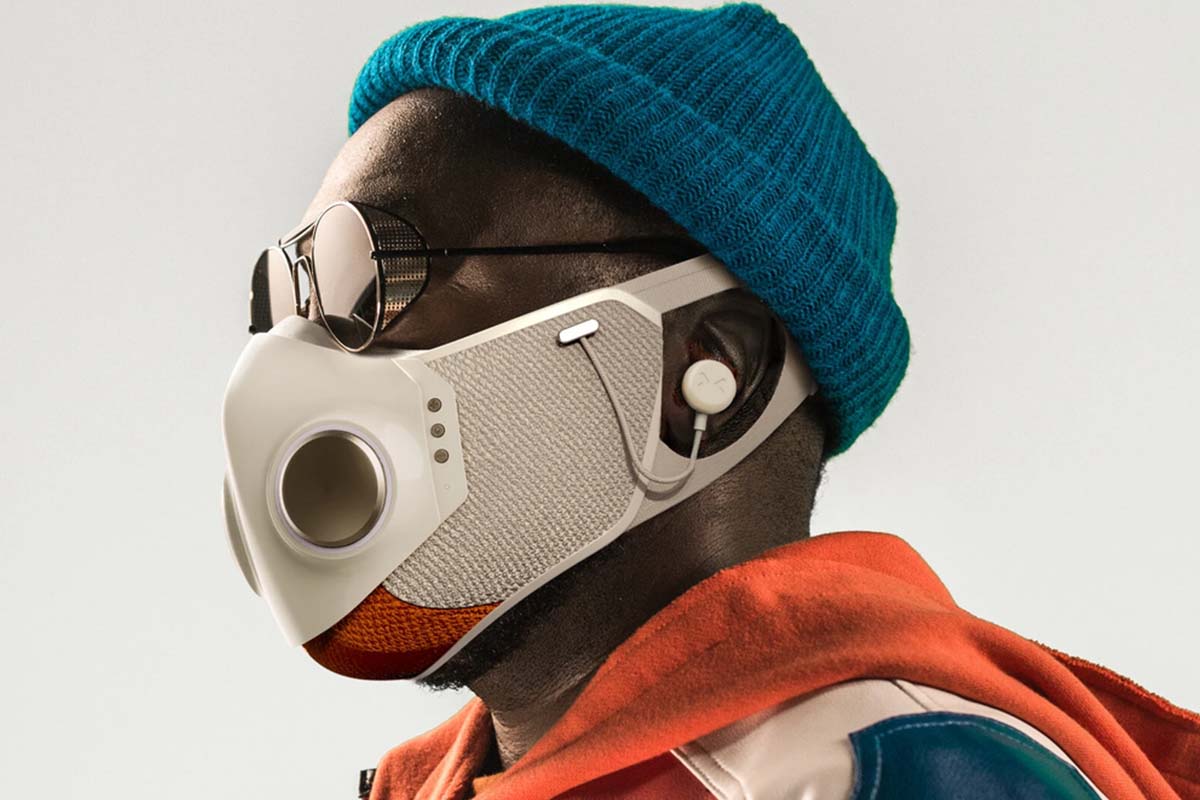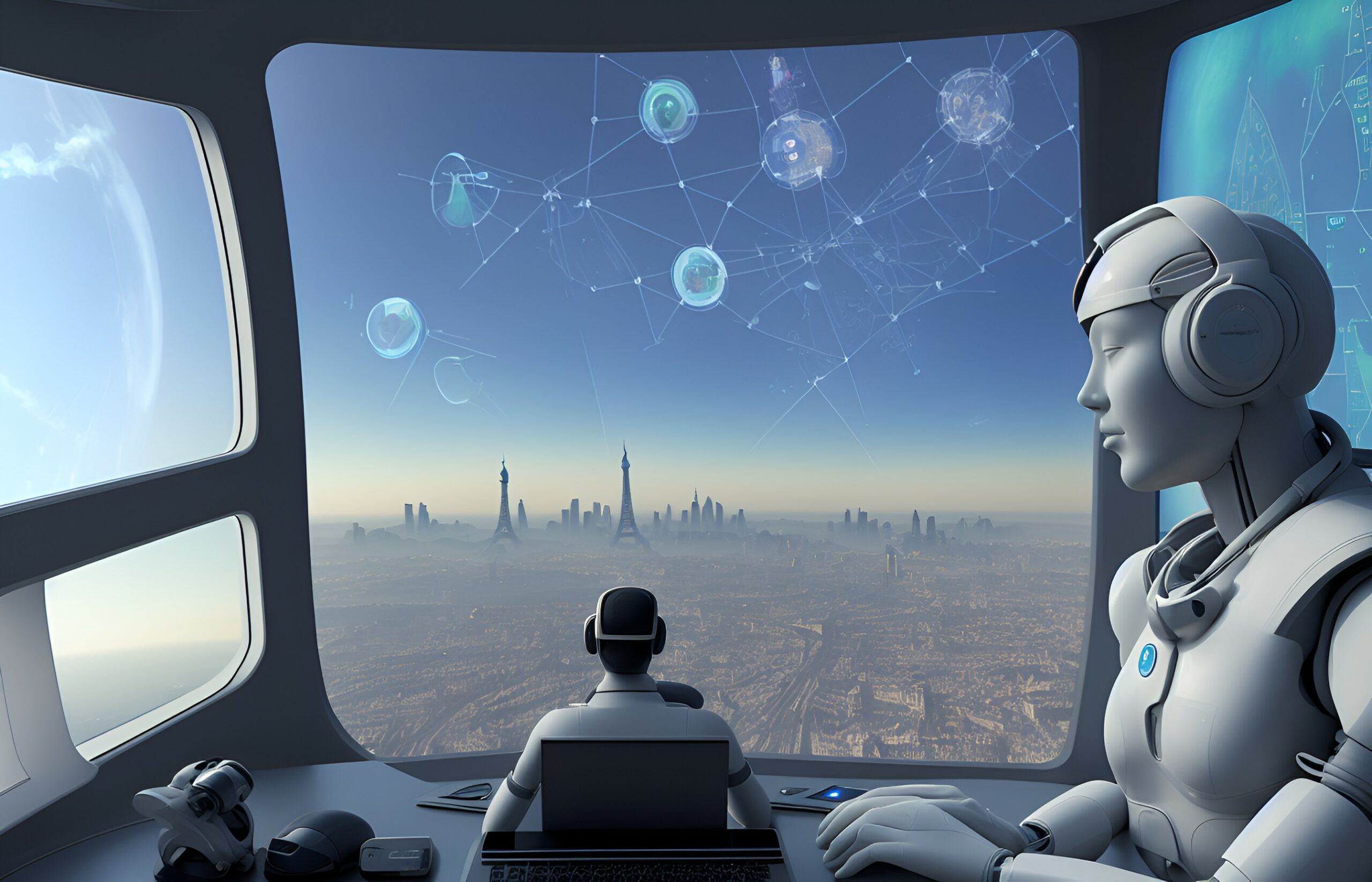The fusion of time travel and image editing is emerging as a groundbreaking trend in the digital world. This innovative blend allows us to explore the past and future through visual representations, offering a unique way to experience different timelines.
Introducing 'Future Face,' a revolutionary concept that leverages advanced image editing techniques to simulate time travel, providing users with stunning visual transformations that span across different ages and historical periods.

This article aims to delve into the 'Future Face' technology, exploring how it achieves its remarkable visual effects. We will examine the underlying technical principles, various application scenarios, and the potential it holds for the future.
Future Face employs sophisticated image editing techniques to mimic the effects of time travel. By utilizing AI, it can generate images that depict individuals at different stages of their lives or even in various historical contexts.
AI algorithms analyze facial features and predict how they might change over time, enabling the creation of highly realistic and personalized images.

The backbone of Future Face lies in deep learning and Generative Adversarial Networks (GANs). These technologies allow for the generation of high-quality images by training on vast datasets of facial images.
High-precision facial feature extraction and reconstruction techniques ensure that the generated images maintain a high level of detail and accuracy, closely resembling the original subjects.
Future Face seamlessly integrates the concept of time travel with image editing, creating a harmonious blend that balances realism with artistic expression.
This fusion results in images that not only accurately represent the subject's appearance at different times but also evoke a sense of nostalgia or anticipation, depending on the context.

Future Face can be used to design characters at various stages of their lives, enhancing storytelling in movies, TV shows, and video games.
This technology allows filmmakers to create more dynamic and engaging narratives by visually depicting the aging or de-aging of characters.
Individuals can use Future Face to visualize themselves in the future or revisit their past, offering a unique and personal way to reflect on their lives.
Applications include family photo albums, milestone celebrations, and other personal projects that benefit from a visual representation of time.
By reconstructing historical figures, Future Face can make educational content more engaging and relatable.
This technology can bring history to life, allowing students to see what historical figures might have looked like at different stages of their lives.
Future Face can be leveraged to create compelling advertisements that utilize the concept of time travel to capture the audience's attention.
Brands can use this technology to create innovative campaigns that resonate with consumers on a deeper level.
Future Face offers a highly personalized visual experience, allowing users to explore different timelines in a visually compelling way.
The combination of technology and artistry opens up endless possibilities for creative expression and practical applications.
The complexity and cost of implementing Future Face technology can be significant, requiring advanced hardware and software solutions.
Ethical considerations and data privacy issues must be addressed to ensure that users' personal information is protected.
As AI and image editing technologies continue to evolve, Future Face is expected to become more efficient and accurate in simulating time travel.
Future advancements may include real-time processing and even more realistic image generation.
Beyond entertainment, Future Face has the potential to be applied in fields such as healthcare, archaeology, and more.
This technology could be used to visualize medical conditions over time or reconstruct ancient faces for historical research.
Future Face has the potential to alter our perception of time and identity, offering new ways to understand and interact with our past and future.
It can foster a deeper connection between culture and technology, driving innovation and creativity in various sectors.
Future Face uses AI to simulate facial features at different time periods, combining this with image editing to create the illusion of time travel.
Future Face can be used in filmmaking, personal experiences, education, and advertising, among other fields.
Thanks to deep learning and GANs, Future Face is highly accurate, though there is always room for improvement.
Yes, the use of personal data in Future Face necessitates stringent privacy protections to safeguard user information.
Future Face is expected to become more precise and find broader applications, while also addressing ethical and privacy issues.
Future Face represents a significant leap forward in the blending of time travel and image editing, offering unparalleled visual experiences.
We encourage readers to stay informed about this exciting field and look forward to the many possibilities it will unlock in the future.